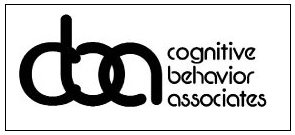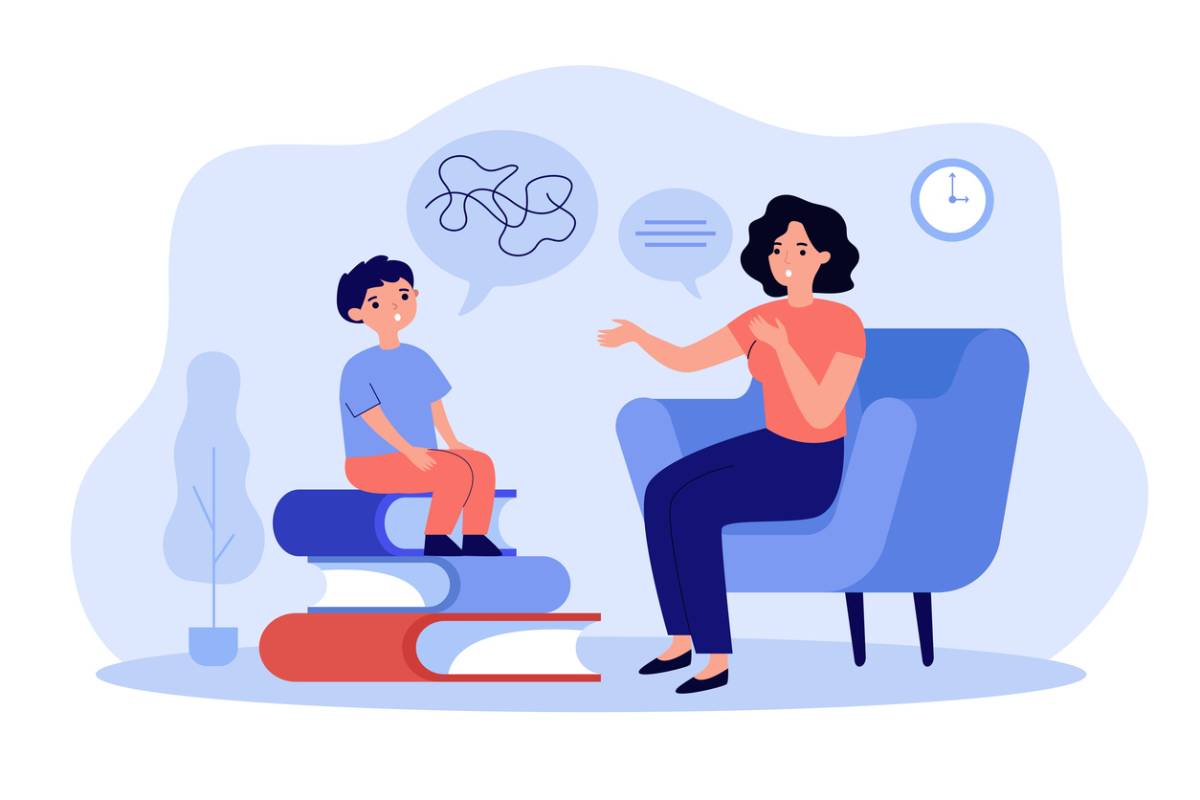The use of pediatric cognitive behavioral therapy (CBT) is increasingly common as peer-reviewed research continues to demonstrate the efficacy of CBT for children. Therefore, if your therapist or pediatrician suggests trying cognitive behavioral therapy with your child, it isn’t out of the ordinary. Let’s look at explaining CBT to your child.
Explaining CBT to Your Child
Cognitive behavioral therapy has proven effective with people of all ages. However, it does appear to be more effective with slightly older children in comparison to very young children. In either case, pediatric CBT is a viable treatment for a wide range of children’s concerns, including everything from behavioral struggles to mental health conditions.
Of course, going to CBT for children in Los Angeles is going to be a new experience for your child. By using age-appropriate explanations, setting reasonable expectations, and emphasizing that the therapist is there to help, you can make sure your child is much more comfortable.
Using Age Appropriate Explanations
As the parent, you know your child better than anyone else. You know what they understand and what they respond to best. That knowledge is absolutely crucial to having a meaningful conversation with your child, and we cannot frame the conversation without your insight.
What we can do is discuss the basics of CBT so that you can use this information as you see fit. The first thing you should know is that CBT is a form of talk therapy. In order to encourage conversation, your therapist may use play therapy, role playing, or simply talk to your child.
The goal of these conversations is to identify harmful thoughts that could be undermining your child’s confidence or leading to undesirable behaviors. Once the thoughts are identified, your therapist will work with your child to show them better coping mechanisms and teach them to identify self-deprecating thoughts that aren’t true.
Within the scope of your sessions, your therapist will work with your child to restructure and challenge negative thoughts so that they can build a healthier relationship with themselves.
Set Reasonable Expectations
When you first start CBT in Los Angeles you and your child will discuss your goals with the therapist.
Unlike many other forms of therapy, CBT is scheduled over a predetermined number of sessions depending on the complexity of the situation. This is also the time when you will discuss whether:
- Individual therapy
- Parent/child therapy
- Family therapy
- Or even group therapy
is the best choice for your particular child.
Once the guidelines have been set, you will want to set reasonable boundaries for your child. They should be fully aware of how long and how often they are going to be expected to interact with this new person. You should also calmly discuss general boundaries with your therapist in front of your child to ensure that your child knows you are on their side and that this isn’t scary.
Emphasize the Goal of Therapy
The goal of therapy isn’t to “fix” your child. The goal is to give them tools. With these can can feel better equipped to deal with the difficulties facing them. Going to therapy with your child proves an act of love. But your child may struggle to see it that way.
That is why it is really important to discuss the goals of therapy with your child. Not sure how to phrase it constructively. Try to talk with your therapist first before broaching the subject with your child.
Make sure your child knows that the therapist is there to help and that you love them no matter what. You want to give them tools to grow up happy and healthy, and there’s nothing scary about that.

